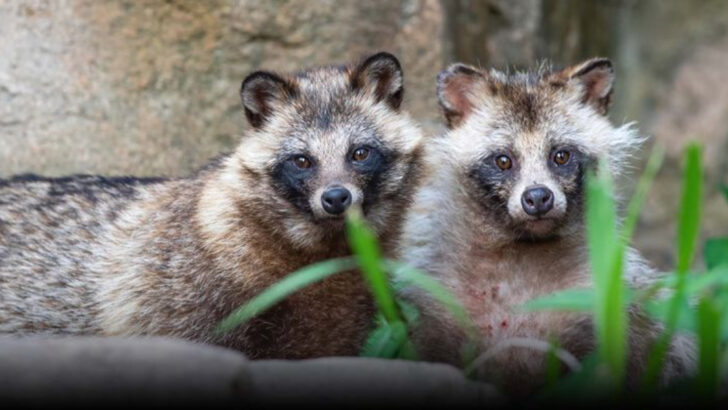Not everything with a ringed tail and a bandit mask is a raccoon.
We get it—raccoons have that unforgettable “trash panda” vibe. But nature didn’t stop at one masked marvel. There’s a whole crew of creatures out there rocking the same mischievous look, and people mix them up all the time.
Some live in far-off jungles. Others might be creeping around your backyard right now. And every one of them has that same sneaky charm that makes you do a double take.
So before you wave hello to what you think is a raccoon, check again—it might just be one of these 13 undercover lookalikes.
Coati

Meet the coati, a lively creature often mistaken for a raccoon due to its banded tail and masked eyes. Found primarily in Central and South America, this mammal is an agile climber, using its elongated nose to sniff out food.
Coatis are incredibly social animals, often seen in groups, chattering away as they forage. Their playful antics and curious nature make them a delight to observe in their natural habitats.
Unlike raccoons, coatis are more active during the day, offering an excellent opportunity for wildlife enthusiasts to spot them in action.
Red Panda
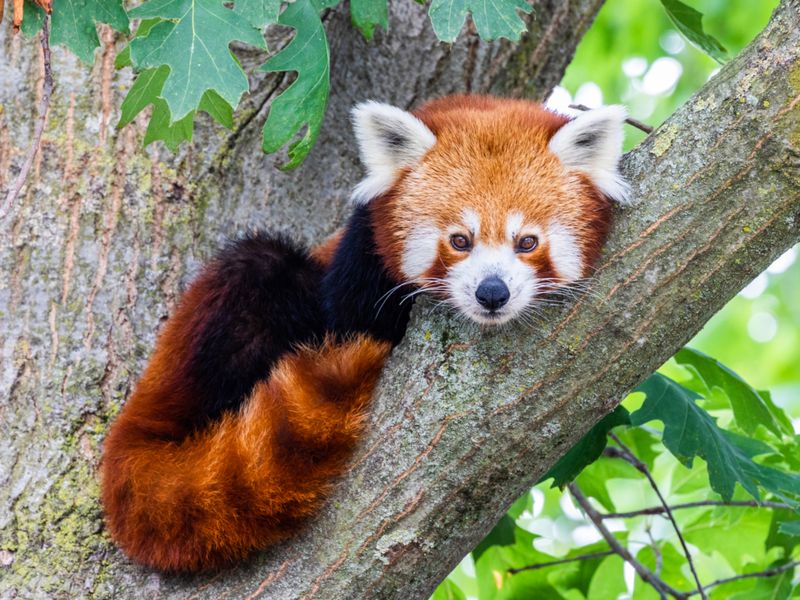
With its vibrant red fur and striking facial markings, the red panda is often confused with a raccoon. Native to the eastern Himalayas, this enchanting creature spends most of its time in trees, feeding on bamboo.
The red panda’s expressive eyes and distinctive coloring make it a charismatic subject for wildlife photographers. Though it shares a name with the giant panda, the red panda is more closely related to raccoons.
Its gentle demeanor and playful nature make it a beloved symbol of conservation efforts in its native habitats.
Ringtail Cat
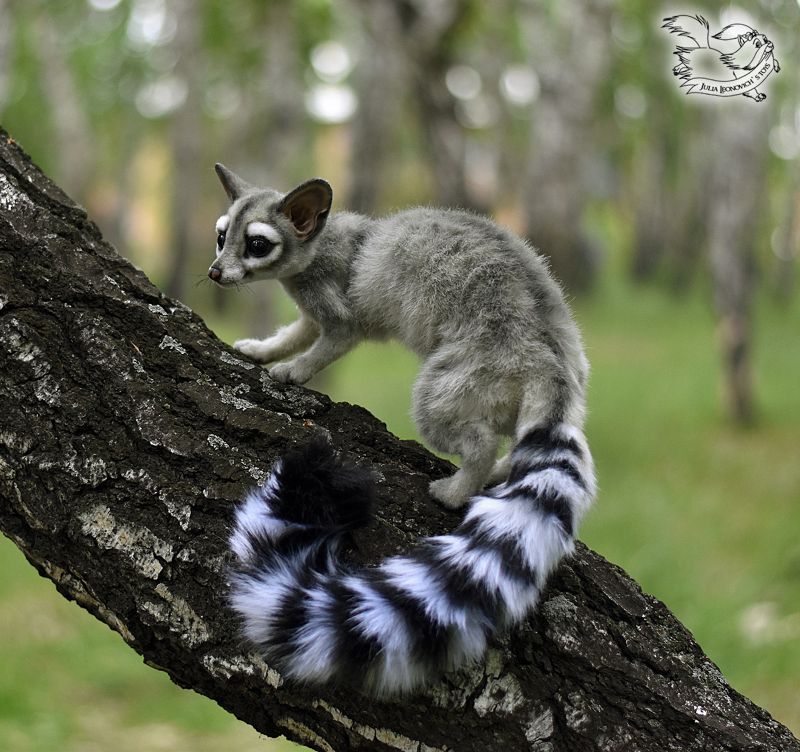
The ringtail cat, despite its name, is neither a cat nor a raccoon, but it sure looks like one! With its bushy, ringed tail and large eyes, this nocturnal mammal is a master of stealth.
Found in the deserts and forests of North America, ringtails are agile climbers and skilled hunters, often preying on insects and small mammals.
Their solitary nature adds to their elusive charm, making a sighting all the more rewarding for those lucky enough to spot one in the wild. Their adaptability to different environments is truly remarkable.
Kinkajou

The kinkajou, with its round face and large eyes, is often mistaken for a raccoon, but this rainforest dweller is unique in its own right. Known as the “honey bear,” it’s actually more closely related to olingos.
Kinkajous are nocturnal and arboreal, spending their nights foraging for fruit high in the tree canopy. Their prehensile tails and nimble movements make them fascinating to watch.
Despite their reclusive nature, kinkajous have a curious personality, occasionally interacting with humans who venture into their lush habitats.
Binturong
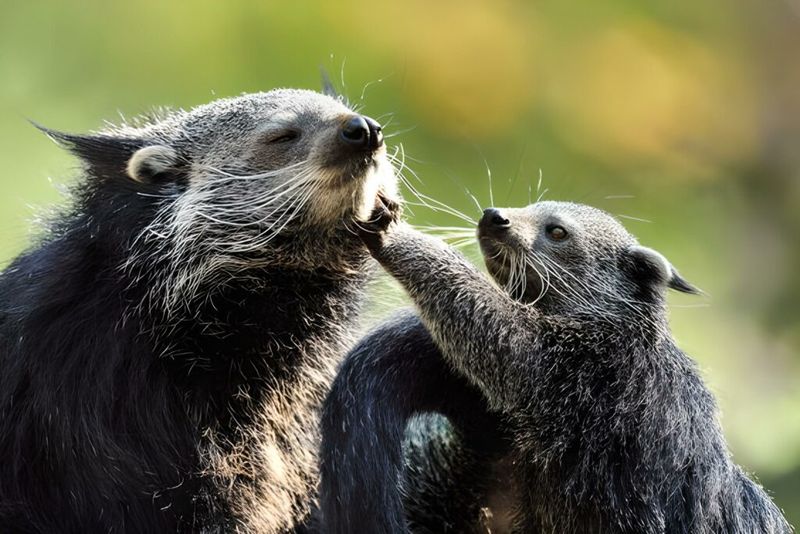
Meet the binturong, or “bearcat,” a creature that looks part bear, part cat, and yes, part raccoon. With its shaggy fur and prehensile tail, the binturong is a tree-dwelling marvel of Southeast Asia.
Known for its unique scent, reminiscent of popcorn, this arboreal mammal is a playful yet solitary creature. Primarily nocturnal, binturongs feed on fruits and small animals, using their tails for balance and support as they navigate the treetops.
Their distinctive appearance and quirky habits make them a fascinating subject for wildlife enthusiasts.
Raccoon Dog
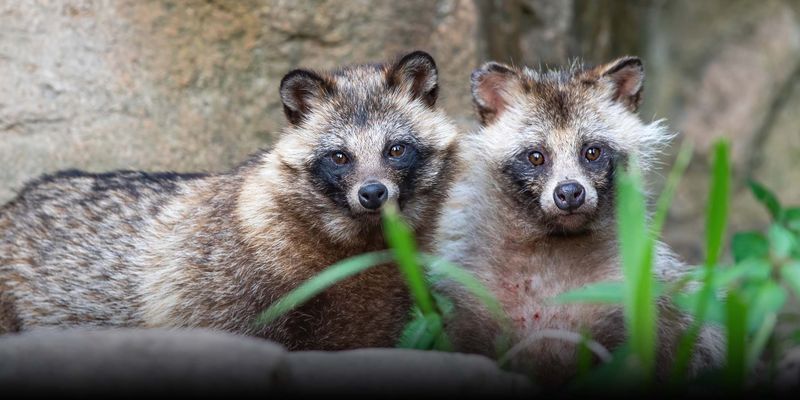
Despite its name, the raccoon dog is neither a raccoon nor a dog, but it certainly looks like both! Native to East Asia, this canine is known for its raccoon-like mask and bushy tail.
Adapted to a variety of environments, raccoon dogs are primarily nocturnal and omnivorous, feeding on everything from small mammals to fruits.
Their ability to thrive in different habitats, from forests to urban areas, makes them a resilient species. In winter, their thick coats allow them to endure even the coldest temperatures, adding to their unique charm.
Olingo
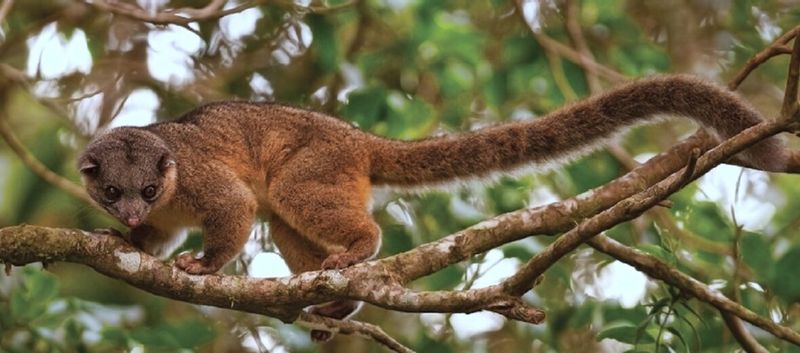
The olingo, with its slender frame and bushy tail, might be mistaken for a raccoon at first glance. Native to Central and South America, this arboreal mammal is a close relative of the kinkajou.
Olingos are primarily nocturnal, using their keen senses to forage for fruit in the dense forest canopy. Despite their solitary nature, olingos are known for their playful demeanor, often engaging in spirited chases through the treetops.
Their elusive presence and distinctive appearance make them a captivating sight for those exploring their native habitats.
Badger
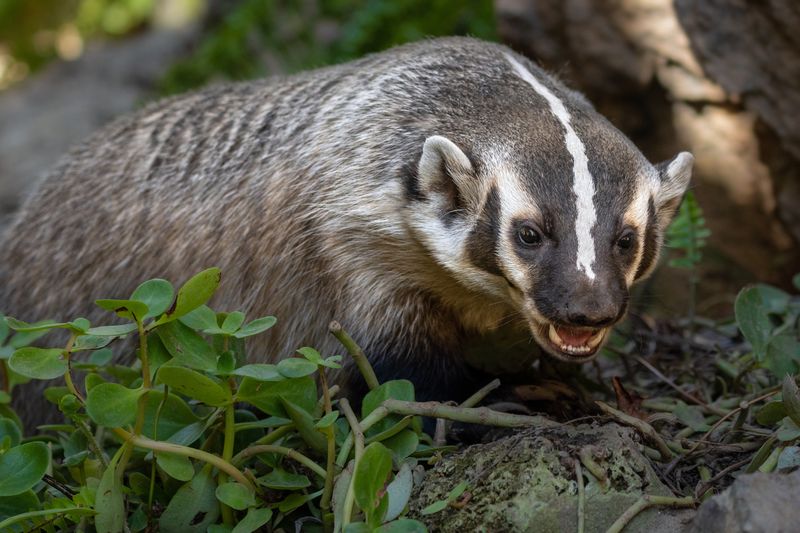
Badgers, with their distinctive striped faces and sturdy build, are sometimes mistaken for raccoons. Found in various regions, including Europe and North America, these burrowing mammals are known for their tenacity and strong social bonds.
Badgers are primarily nocturnal, spending their nights foraging for insects and other small creatures.
Their complex burrow systems, known as setts, are a testament to their engineering prowess. The sight of a badger emerging from its sett is a rewarding experience for nature enthusiasts, offering a glimpse into their industrious world.
Tasmanian Devil
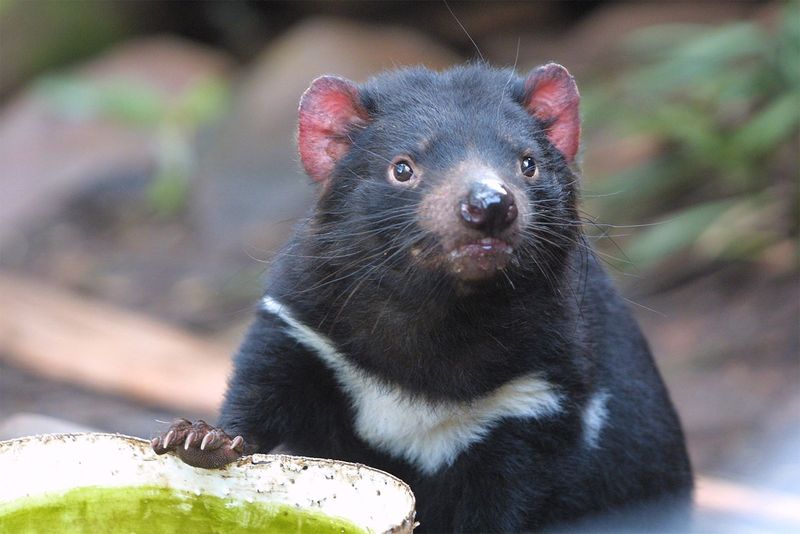
The Tasmanian devil, with its robust body and voracious appetite, may not seem raccoon-like at first, but its scavenging habits draw comparisons. Native to Tasmania, this marsupial is known for its powerful jaws and distinctive vocalizations.
Tasmanian devils are mostly nocturnal, using their keen sense of smell to locate carrion. Their rough-and-tumble nature, coupled with their unique appearance, makes them a fascinating subject for wildlife documentaries.
Despite their fearsome reputation, Tasmanian devils are shy creatures, often avoiding contact with humans.
Palm Civet
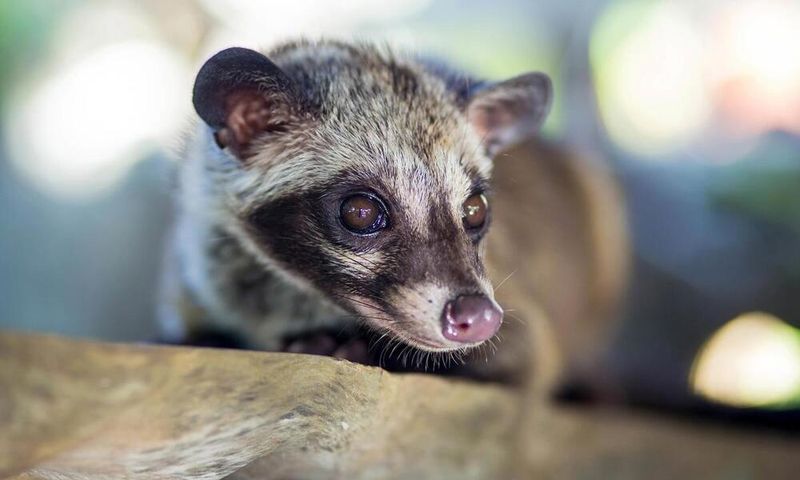
Palm civets, known for their masked faces and nimble movements, are often mistaken for raccoons. Found in Southeast Asia, these nocturnal mammals are adept climbers, frequently seen in trees searching for fruit.
Despite their solitary nature, palm civets are well-adapted to urban environments, often seen foraging near human settlements.
Their ability to thrive in various habitats makes them a versatile species. Though elusive, a glimpse of a palm civet in its natural setting is a memorable experience, offering insight into the rich biodiversity of their native regions.
Genet

The genet, with its spotted coat and long, ringed tail, is sometimes confused with a raccoon. Native to Africa, these graceful creatures are agile hunters, often seen leaping between branches in pursuit of prey.
Genets are primarily nocturnal, using their sharp senses to navigate the savannah. Their solitary nature and elusive presence add an air of mystery to these captivating animals.
Observing a genet in the wild is a rare treat, providing a glimpse into their secretive lives and the diverse ecosystems they inhabit.
Cacomistle
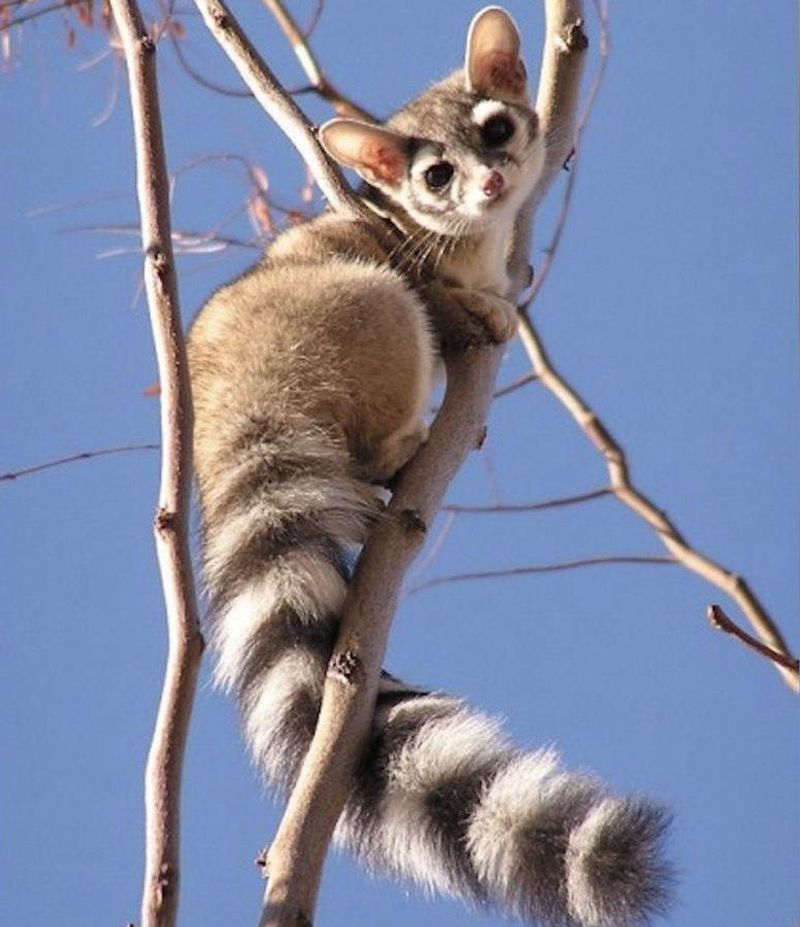
Cacomistles, with their ringed tails and masked faces, are frequently mistaken for raccoons. These nocturnal mammals inhabit the arid regions of North America, where they are skilled climbers and foragers.
Known for their inquisitive nature, cacomistles are often seen exploring their surroundings, whether in search of food or simply out of curiosity.
Their ability to adapt to harsh environments is truly remarkable, making them a fascinating subject for wildlife enthusiasts. Spotting a cacomistle in the wild is a rewarding experience, offering insight into their resilient nature.
Zorilla

The zorilla, often mistaken for a raccoon due to its striped appearance, is actually a type of skunk. Found throughout Africa, these nocturnal mammals are known for their distinctive black and white markings and strong defensive odor.
Zorillas are solitary creatures, using their keen sense of smell to locate food. Their fearless nature and striking appearance make them a captivating sight for those exploring the African plains.
Despite their reputation, zorillas are gentle creatures, more interested in avoiding conflict than engaging in it.

